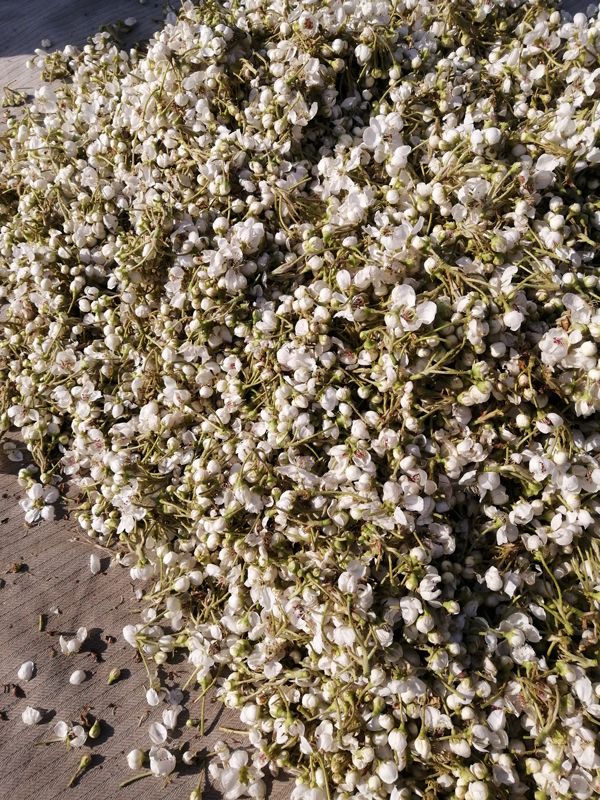Aug . 09, 2024 06:30 Back to list
Discover Suitable Plum Pollen Companions to Enhance Your Fruit Tree Variety Selection
The Importance of Selecting the Right Plum Pollinators for Fruit Tree Varieties
When it comes to cultivating plum trees, one of the most crucial factors to consider is the selection of suitable pollenizers. Choosing the right varieties ensures optimal fruit set and enhances the quality of the plums produced. In this article, we will delve into the intricacies of selecting plum pollinators, the benefits of cross-pollination, and tips for buying suitable fruit tree varieties.
Understanding Plum Pollination
Plum trees can be broadly categorized into two types self-pollinating and cross-pollinating. Self-pollinating varieties can produce fruit without the need for pollen from another tree, while cross-pollinating varieties require pollen from a different plum variety to set fruit successfully. For gardeners and fruit enthusiasts, understanding these differences is key to ensuring a bountiful harvest.
Cross-pollination typically results in larger, more flavorful fruit. If you are planting a cross-pollinating plum tree, it is vital to choose compatible pollenizers that bloom simultaneously. This ensures that the pollen is available when the flowers are open, enabling fertilization and fruit set.
Choosing Suitable Plum Varieties
When selecting plum varieties, consider factors such as bloom time, compatibility, and disease resistance. Here are some popular plum varieties conducive to cross-pollination
1. Santa Rosa Known for its sweet, juicy fruit, Santa Rosa is a favorite among gardeners. This variety is a great pollenizer for other plums due to its overlap in bloom time with numerous other plum varieties.
2. Methley This early-blooming variety is another excellent choice for pollination. Methley produces small to medium-sized, sweet plums, making it an ideal companion for later-blooming varieties.
3. Satsuma Satsuma plums are known for their rich flavor and vibrant color. As a cross-pollinator, they work well with other types of plums, increasing overall fruit yield.
buy fruit tree varieties suitable for plum pollen

While these are just a few examples, there are many different types of plums across diverse regions. When purchasing, consider local nurseries or online retailers specializing in fruit trees, ensuring that the selections are appropriate for your specific growing conditions.
Tips for Buying Plum Trees
When buying plum trees, it’s essential to keep the following tips in mind
1. Check Local Climate Certain plum varieties thrive better in specific climates. Research which types are suited to your local area to ensure successful growth and fruit production.
2. Consider Pollination Needs If you choose a cross-pollinating variety, confirm the availability of suitable pollenizers nearby. Planting a diverse selection of plum varieties maximizes your chances of successful pollination.
3. Choose Disease-Resistant Varieties Certain plum types are more susceptible to diseases. Selecting disease-resistant varieties can promote a healthier orchard and reduce the need for chemical treatments.
4. Start with Established Trees Young, established trees may yield fruit sooner than younger saplings. This allows you to enjoy the fruits of your labor more quickly while ensuring better overall growth.
Conclusion
Selecting the right plum tree varieties and their compatible pollenizers is critical for a thriving fruit orchard. Cross-pollination can enhance fruit production and quality, making it worthwhile to do your research before planting. By choosing suitable pollenizers and taking into account the climatic and environmental conditions, you can ensure a successful and fruitful plum-harvesting season. Enjoy the process of selecting the perfect plum varieties, and look forward to indulging in the delicious fruits of your labor!
-
Pollen Peach Tree for Pure Pollination and High-Quality Peach Pollen
NewsJul.30,2025
-
Premium Cherry Pollen for Pure Pollination & Different Types
NewsJul.30,2025
-
Artificial Pollination Solutions for Various Plant Pollen Types
NewsJul.29,2025
-
Artificial Pollination Solutions for All Plant Pollen Types
NewsJul.29,2025
-
Premium Plant Pollen for Pure Pollination & Pollen Block Solutions
NewsJul.29,2025
-
Artificial Pollination Solutions for Efficient Crop Yields
NewsJul.28,2025